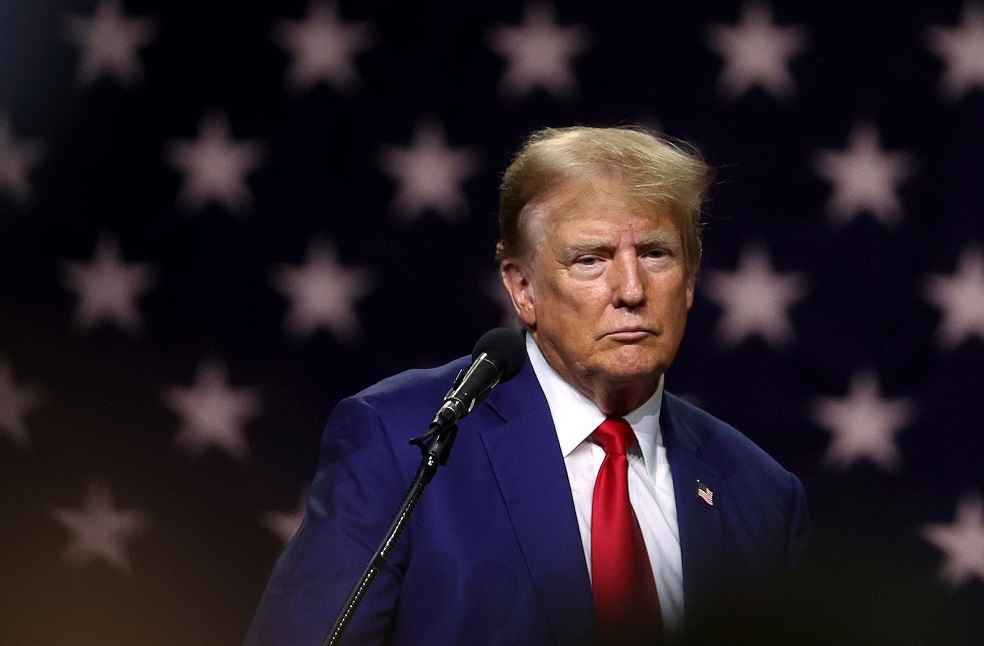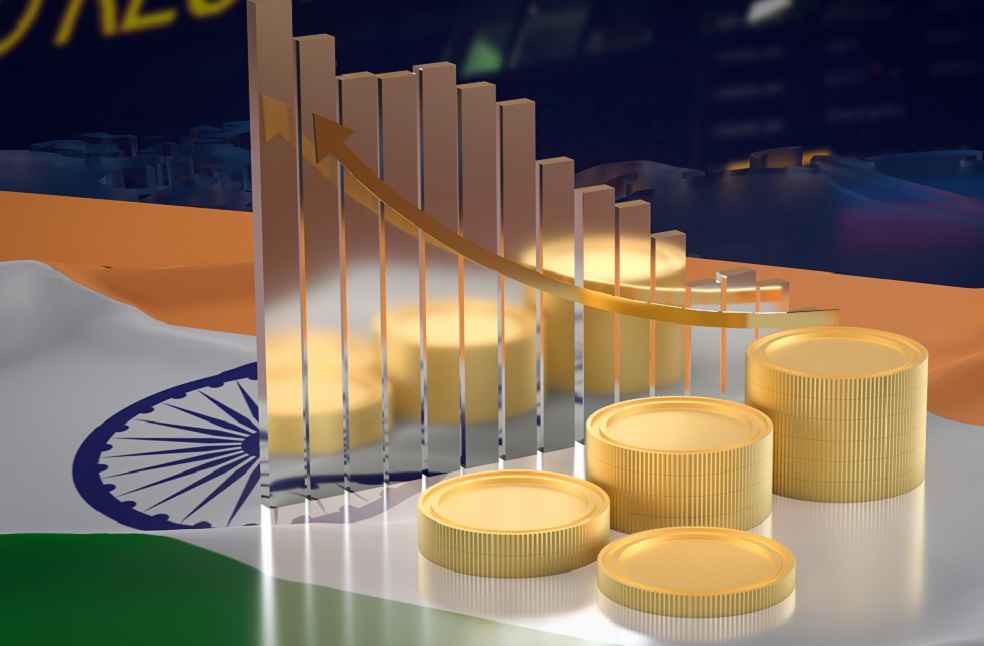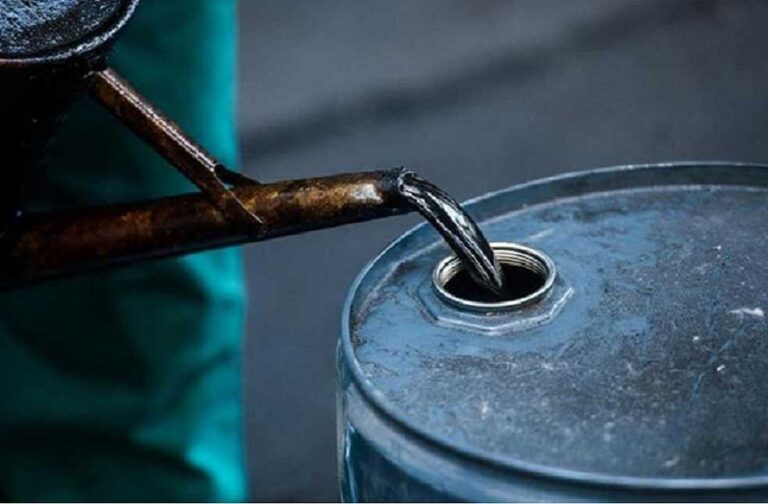As the prospect of a second Trump administration looms, experts speculate that the policies outlined in the campaign could bring significant benefits to India, especially concerning oil prices and the ongoing Ukraine conflict. Officials, speaking anonymously, suggested that the Trump administration’s promises to combat inflation might lead to reduced oil prices, a prospect that would benefit India’s energy sector and broader economy. Additionally, Trump’s foreign policy stance could hasten a resolution to the Ukraine-Russia war, bringing global economic stability.
Under the new regime, officials anticipate a revival of stalled trade talks between India and the US, with an aim to expand bilateral trade. A senior government source emphasized that Trump 2.0 is likely to approach policy decisions regarding India with greater engagement and cooperation, given the evolving global geopolitical landscape and India’s rising economic and diplomatic clout. “Both Prime Minister Modi and President Trump are veteran world leaders with a common agenda — a strong, safe and prosperous world,” he said.

The potential administration shift may also enable stronger alignment between the two nations. Both governments share priorities in strengthening democracy, preventing illegal immigration, combating money laundering, and eliminating terrorism. Industry leaders see this alignment as an opportunity to deepen collaboration, particularly in trade and defense.
However, Trump’s ‘America First’ strategy could have a dual impact on India’s trade with the US. While increased tariffs on Chinese imports, promised during Trump’s campaign, might benefit Indian exporters, the broader protectionist approach may pose challenges for some sectors. With Trump proposing a 10-20% tariff on general imports and up to 100% on Chinese imports, Indian goods, including garments, footwear, and toys, could gain a competitive edge in the American market if these tariffs proceed as indicated.
Ajay Sahai, Director General of the Federation of Indian Export Organisations (FIEO), noted that while America may demand greater market access in agriculture, medical devices, and IT hardware, India and the US have a history of negotiating trade matters with mutual respect for each other’s sensitivities.

Some experts warn that the Trump administration’s stance on protectionism could create uncertainties around tariffs and market access. Agneshwar Sen, a trade policy expert with EY India, pointed out that India might face increased tariffs on exports such as textiles, chemicals, pharmaceuticals, and engineering products, potentially necessitating a search for alternative markets or retaliatory tariffs.
Sen suggested that India might benefit from negotiating a comprehensive free trade agreement (FTA) with the US to safeguard its interests. India will do well to be fully prepared and negotiate an FTA with the US. We will have to be ready to discuss a wide range of issues that will be put on the table,” he said.
The US remains a major trade partner for India, with bilateral trade reaching $77.52 billion in exports and $42.2 billion in imports in 2023-24. Indian exports to the US include pharmaceuticals, textiles, and precious stones, while key imports include crude oil, IT hardware, and electronics.
BUSINESS GENERAL | Vietnam Urges Innovation, Competitiveness to Boost Exports to Asian Markets



